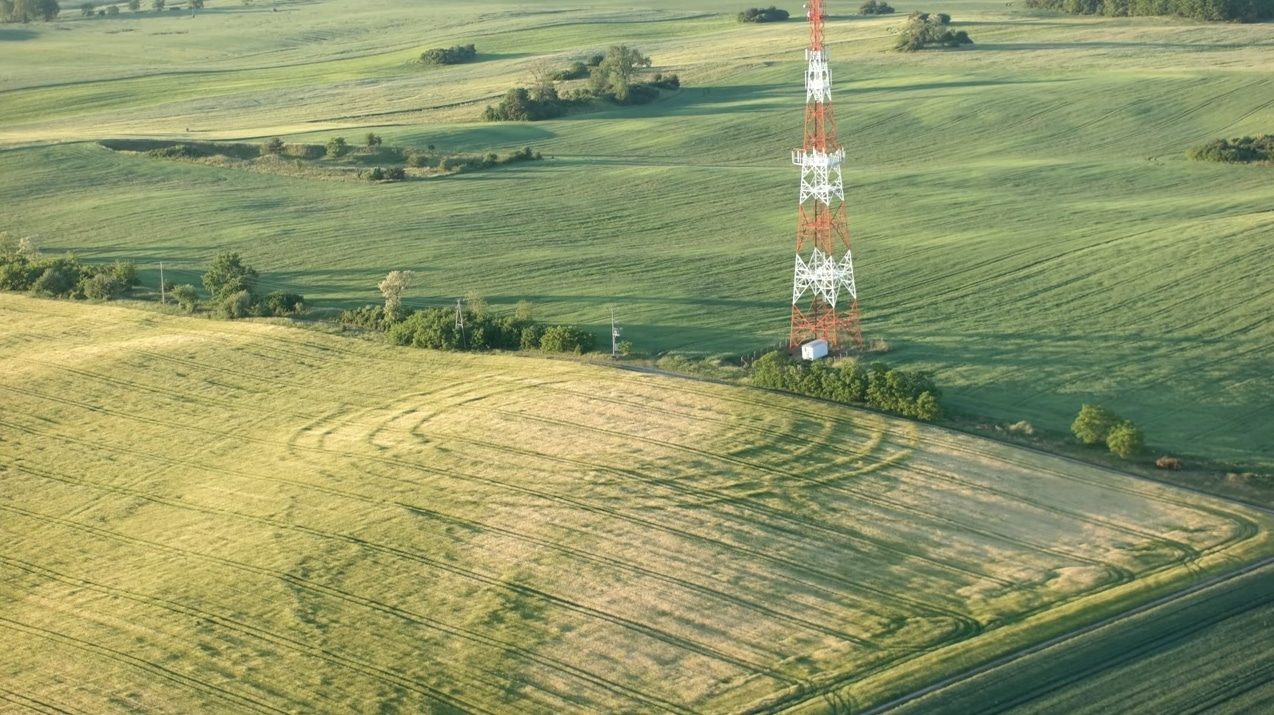
Nowe Objezierze
A huge ancient ritual site dating back over 6,800 years has been discovered in Poland. It is
believed to have been used by neolithic people for between 200 and 250 years, with new features added every few dozen years, archaeologists have said.
The circular structure is 360 feet in diameter, which is over three times the size of the inner Sarsen Circle at Stonehenge and roughly the same size as the monument's outer ditch.The structure, which has been called a "roundel" because of its circular shape, was
first spotted in 2017. Since then archaeologists have been working at the site to understand its significance. In an article on PAP, a website run by the Polish Ministry of Science and Higher Education Website, researchers have announced
radiocarbon dating indicates the site was built before 4,800 B.C.
The roundel is located in the village of Nowe Objezierze, about 50 miles east of Berlin, Germany.
It consists of a central area surrounded by three gates that lead to the interior. It then has four ditches circling it. Each ditch is larger and deeper than the last, and it appears they were dug at relatively regular intervals, with a new one being added every few dozen years. The ditches were about 4 to 6.5 feet deep.Other similar circular enclosures dating to between 4,850 B.C. and 4,600 B.C. are found in a fairly limited area of Europe, including around the River Danube. These are generally thought to have had a ritual purpose and served as some sort of astronomical calendar.
Discussing the new roundel in Poland, project leader Lech Czerniak, from the University of Gdańsk, told PAP: "This is quite sensational, given the fact that
it coincides with the dating of structures located on the Danube, considered the oldest. It seems equally important that the four ditches surrounding the central area of the structure probably did not function simultaneously, but every few dozen years, a new ditch with an ever larger diameter was dug.
"The primary focus of the project are questions about the social aspects of the functioning operation of roundels, including what prompted the inhabitants of a given region to make a huge effort in building and maintaining the roundel, where the idea and knowledge necessary to build this object came from, and how often and for how long the object was used."
As well as dating the roundel, archaeologists also excavated the area and
found hundreds of bones, ceramics, stone and flint artifacts and shells and dye. The bones are now being analyzed by experts and the team hopes to find out more about the communities that used the structure for worship. It is thought that like the other circular enclosures, the Roundel was used as a "ritual calendar."
"It is worth realizing that many so-called pre-literate communities celebrated the most important holidays once in a few, or even a dozen or so years, but very intensely," Czerniak said.
Comment: See also:
- Book Review: Where Troy Once Stood
- Meteorites, Asteroids, and Comets: Damages, Disasters, Injuries, Deaths, and Very Close Calls
- Winter Solstice: From Chaos to Creation
- Study details immense timber henge at Newgrange, Ireland, discovered during summer drought
- 'Spanish Stonehenge' resurfaces following drought in Extremadura
- Ancient city of Petra was a 'celestial calendar', says new study
- America Before by Graham Hancock - Book review
And check out SOTT radio's: